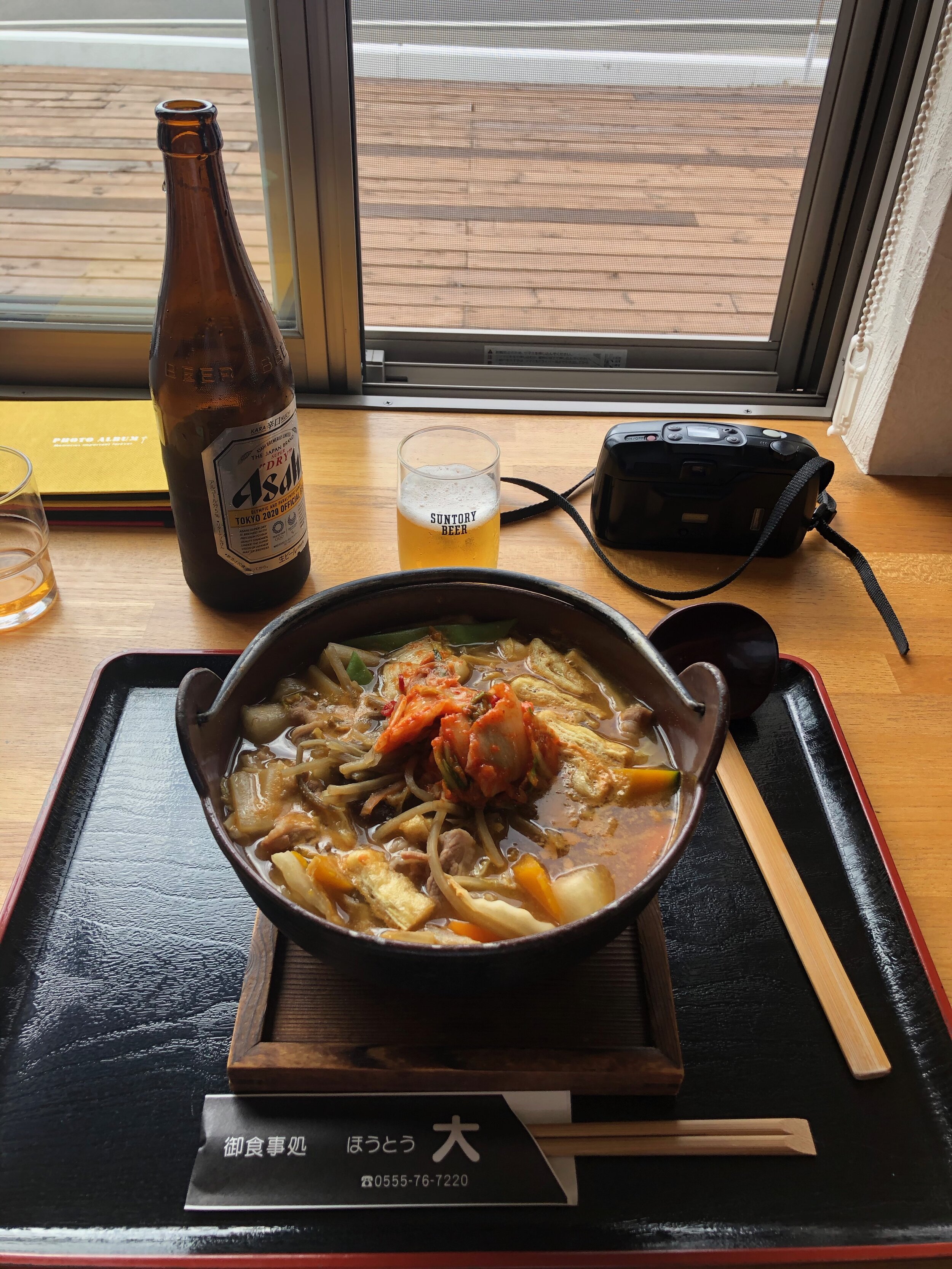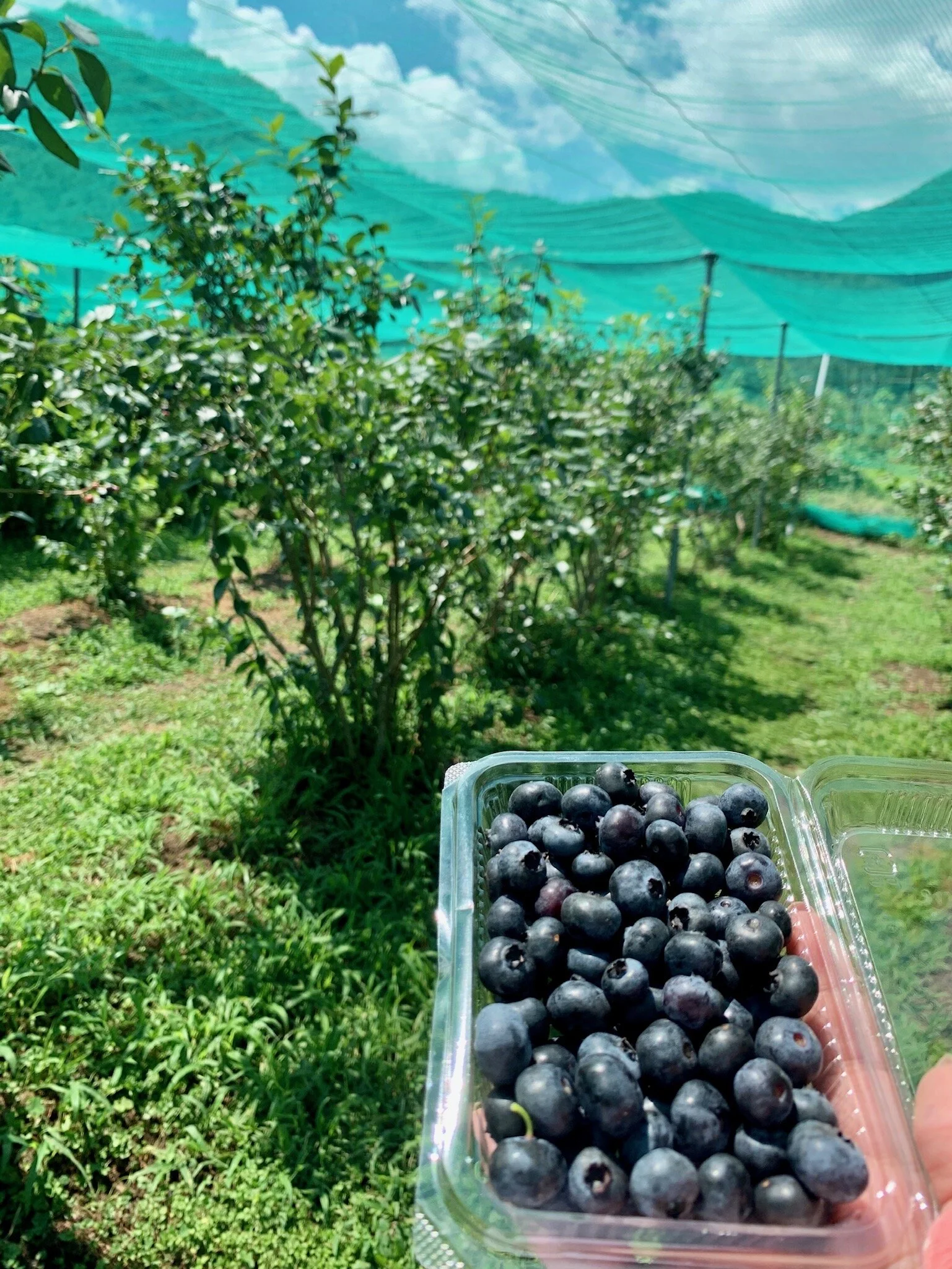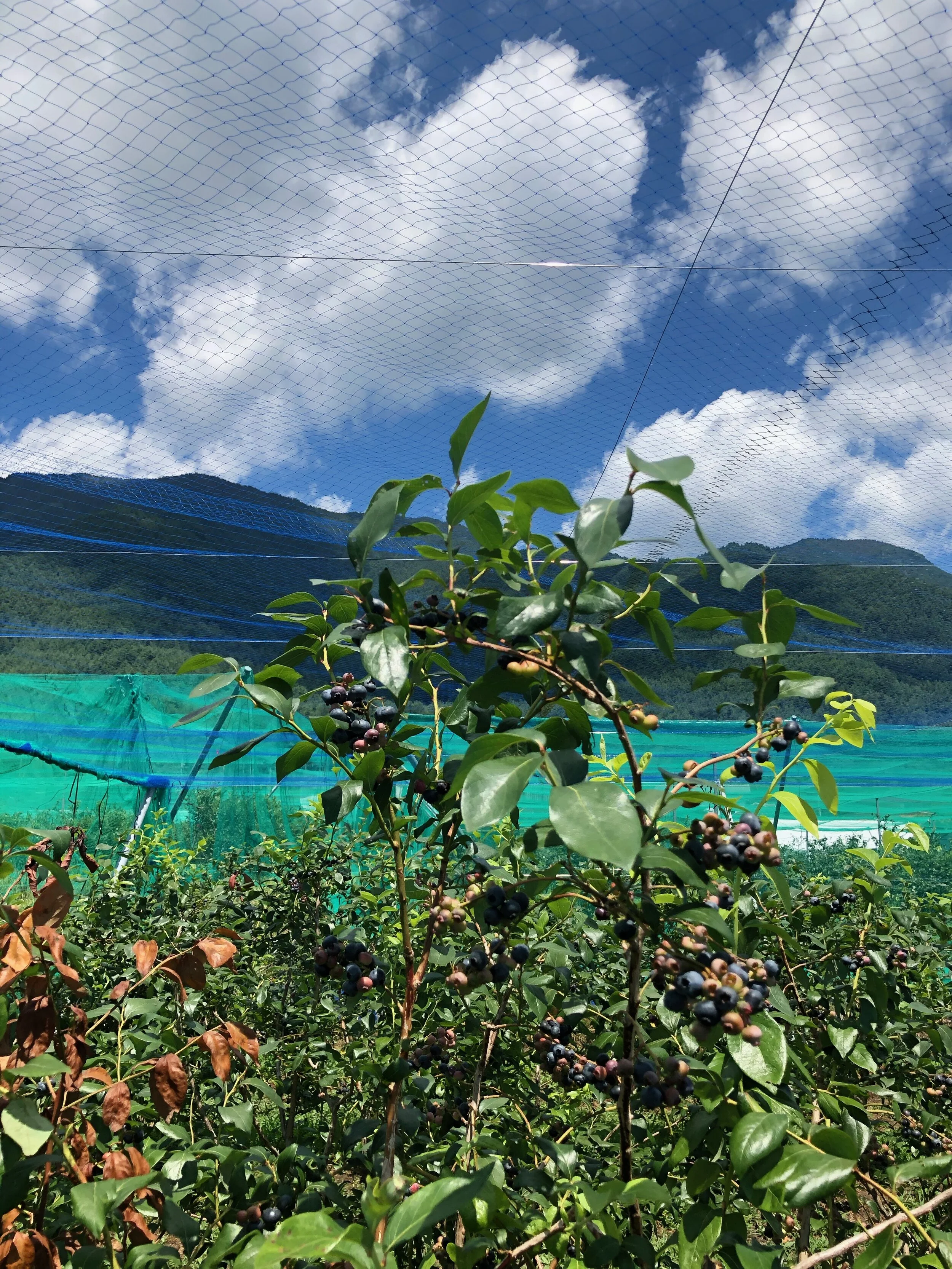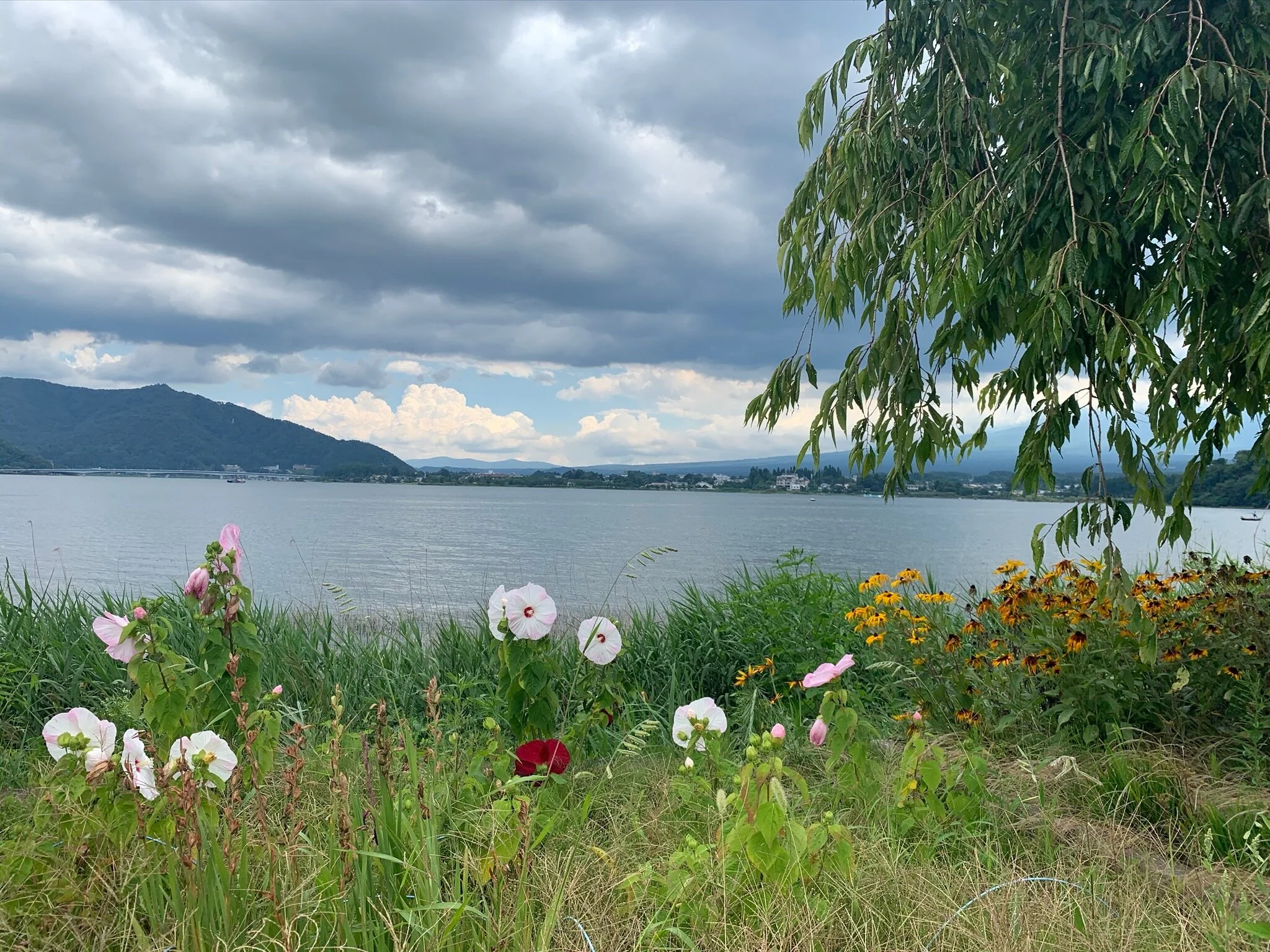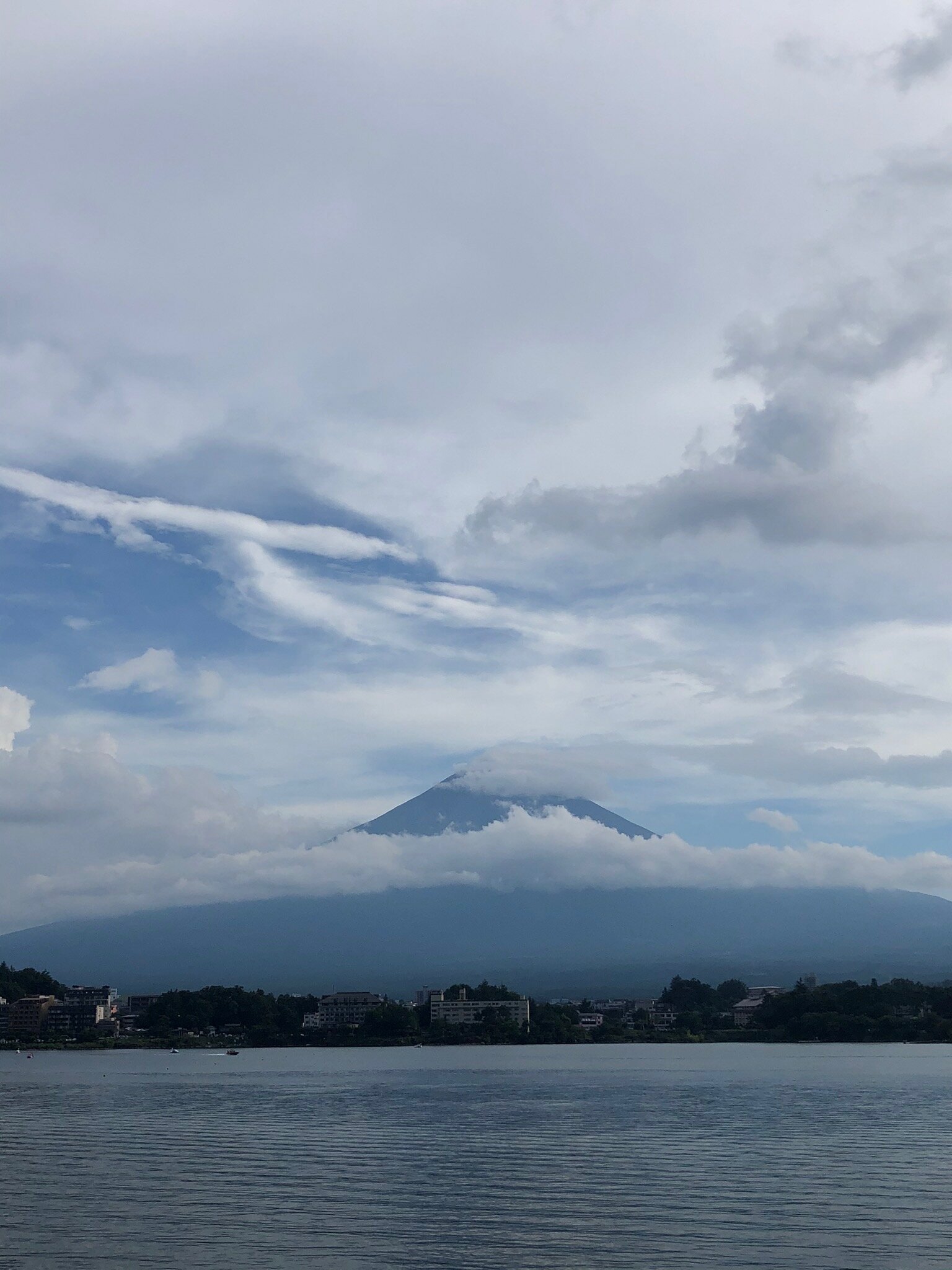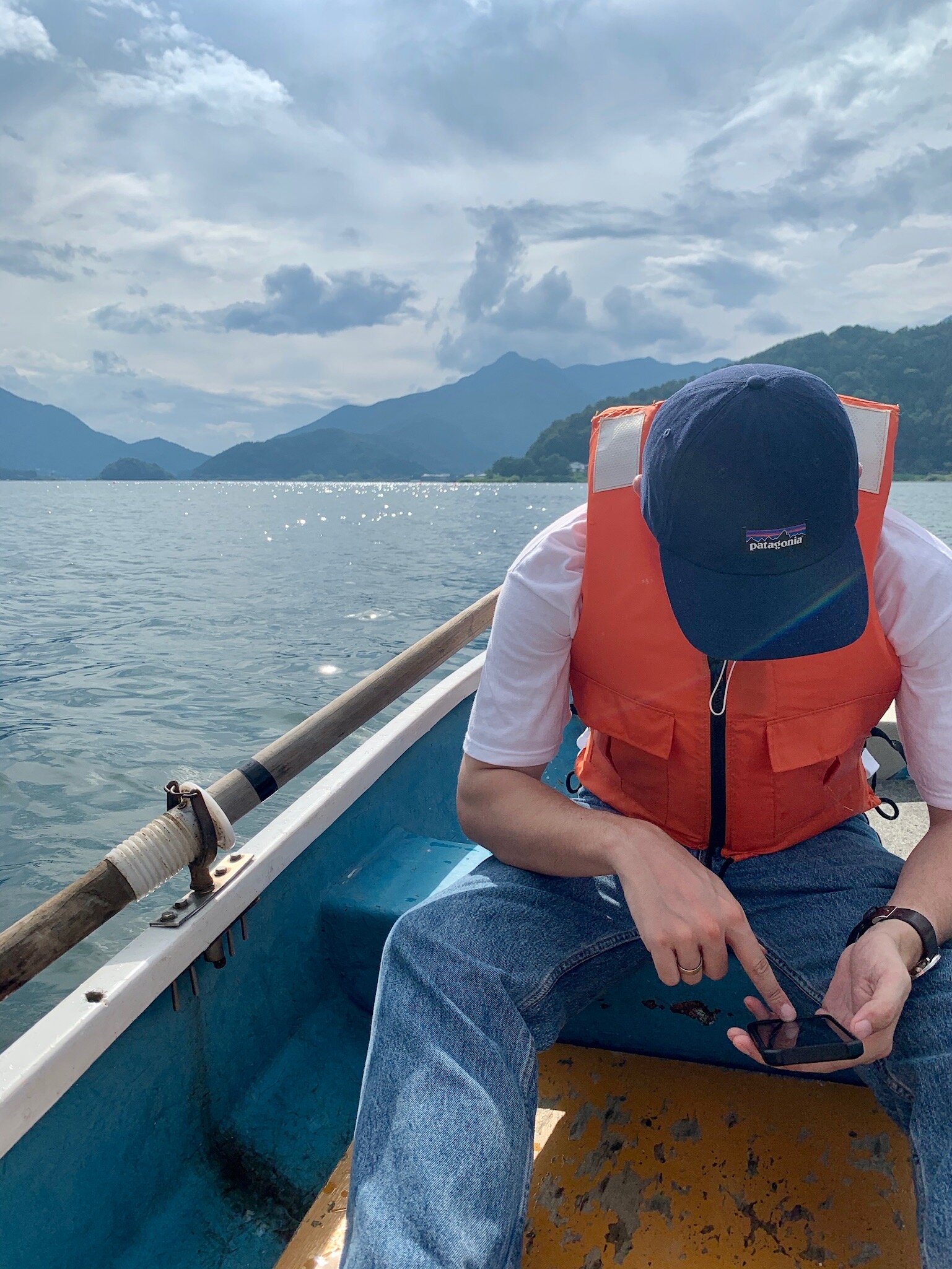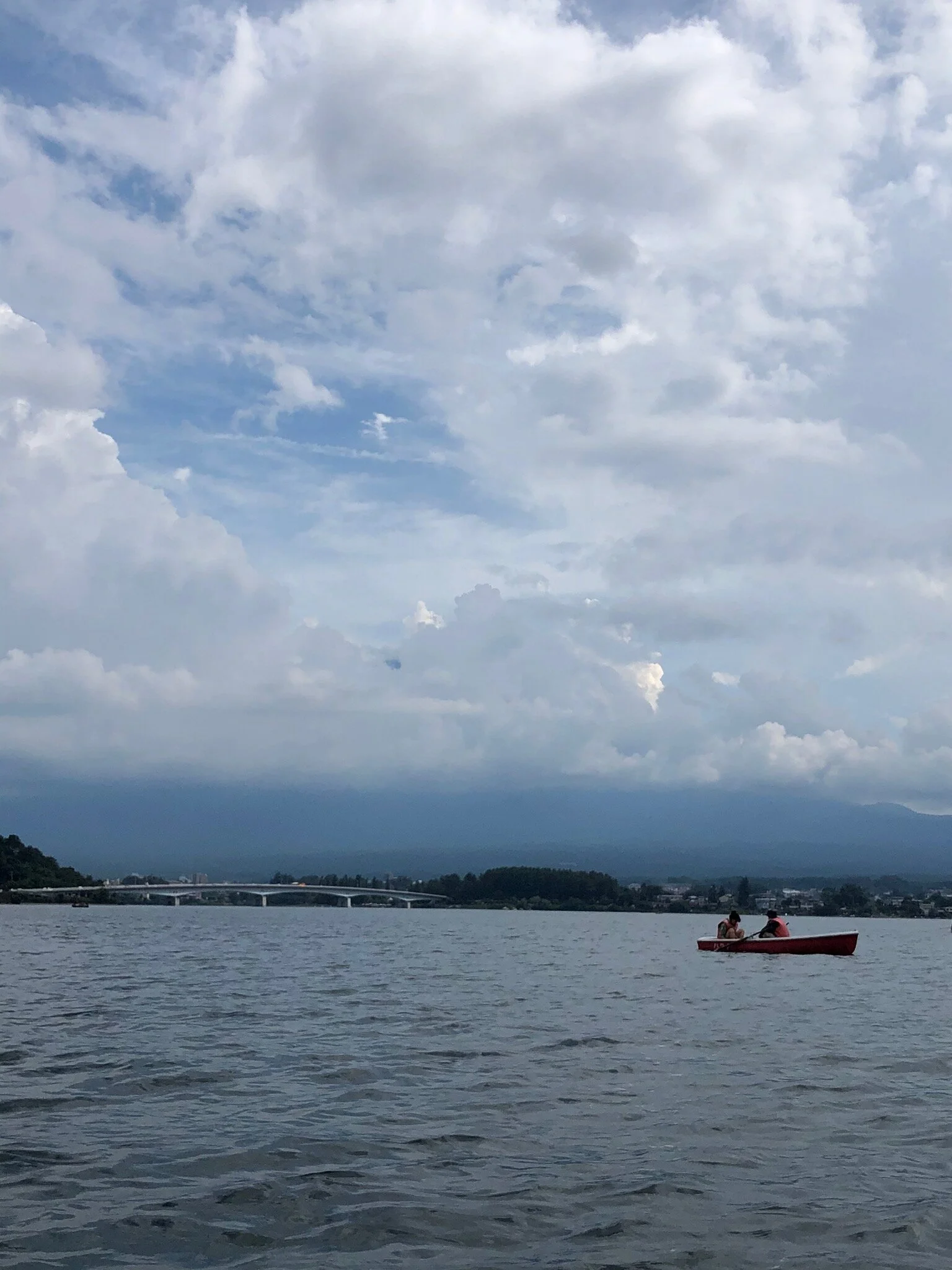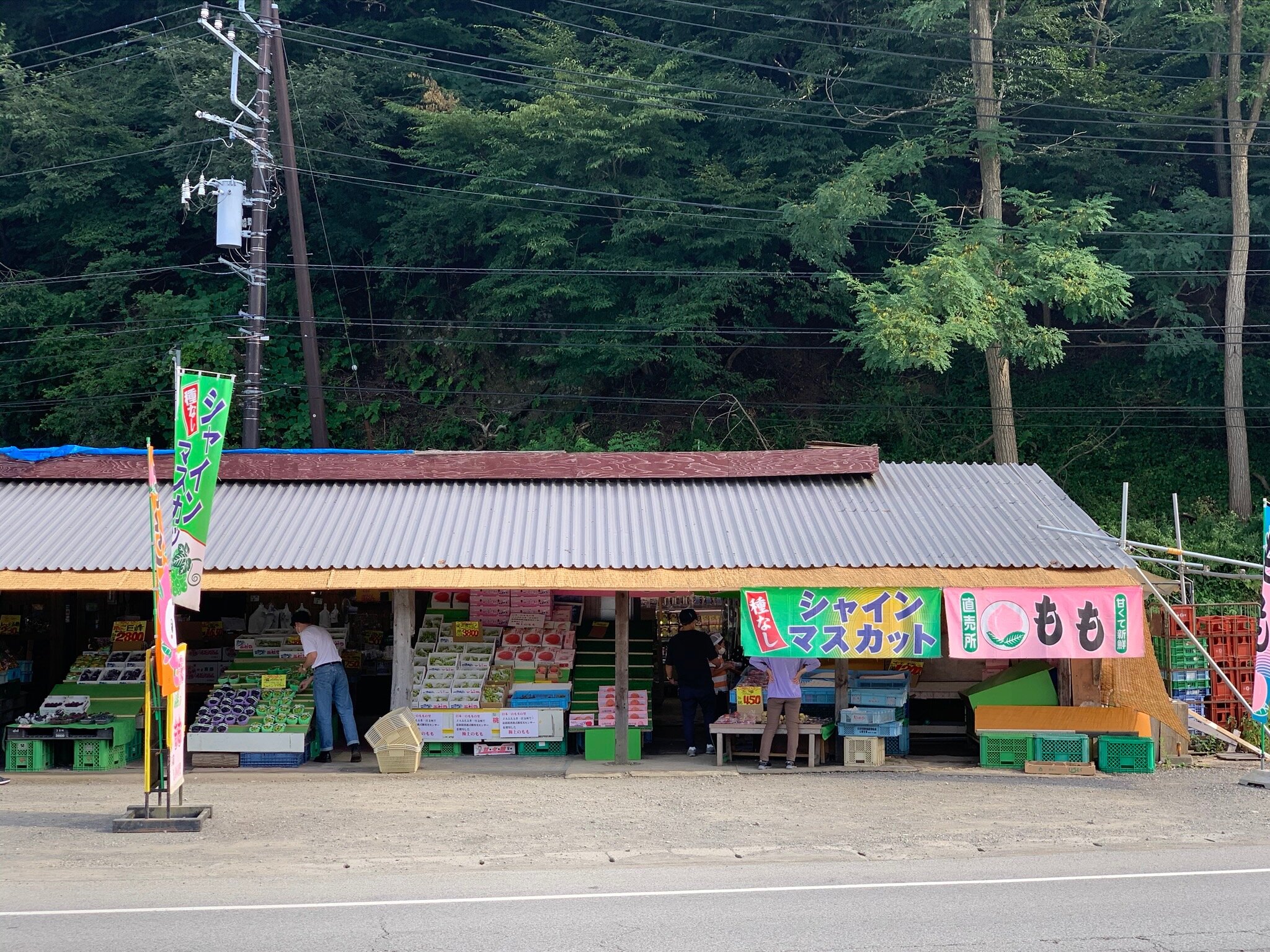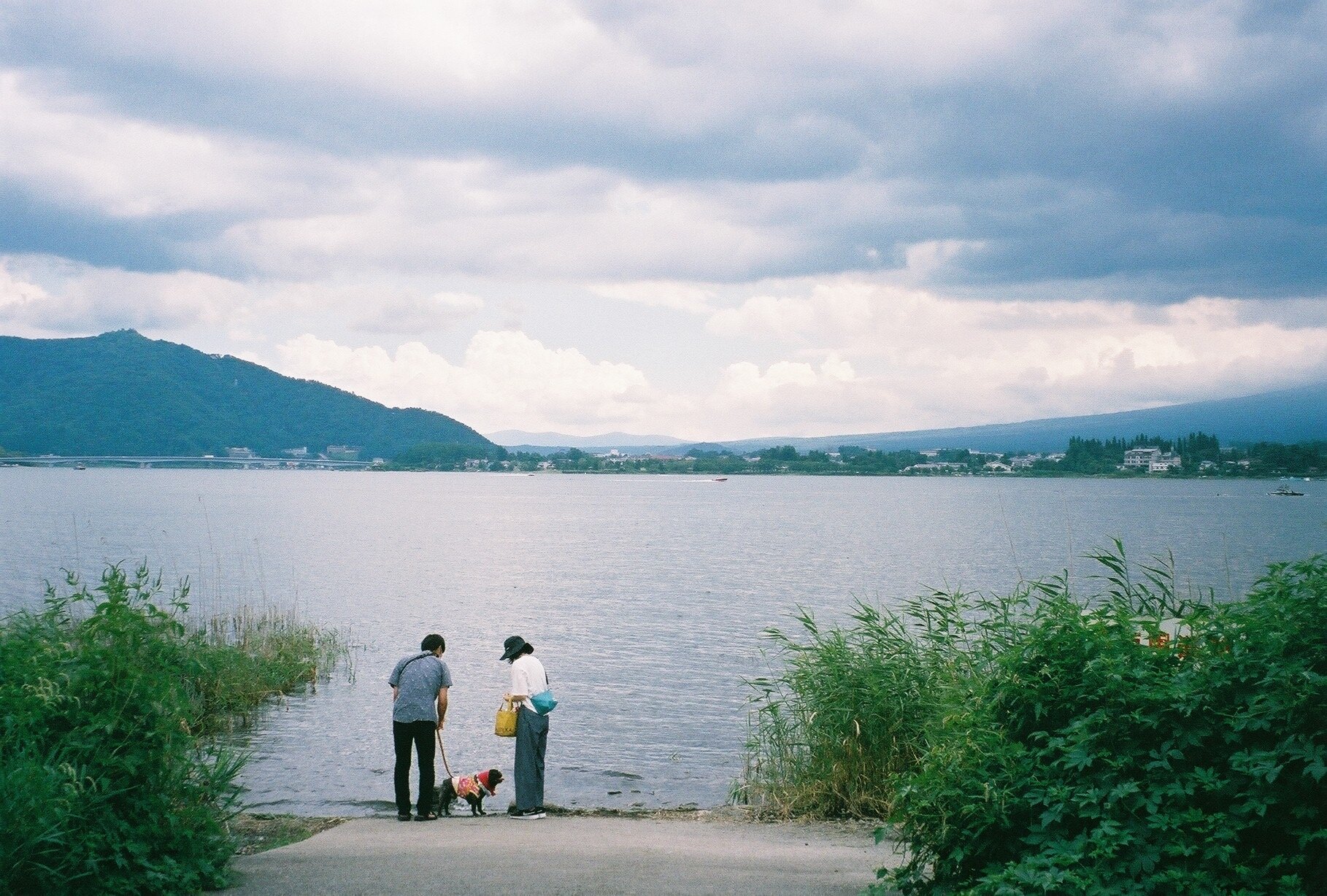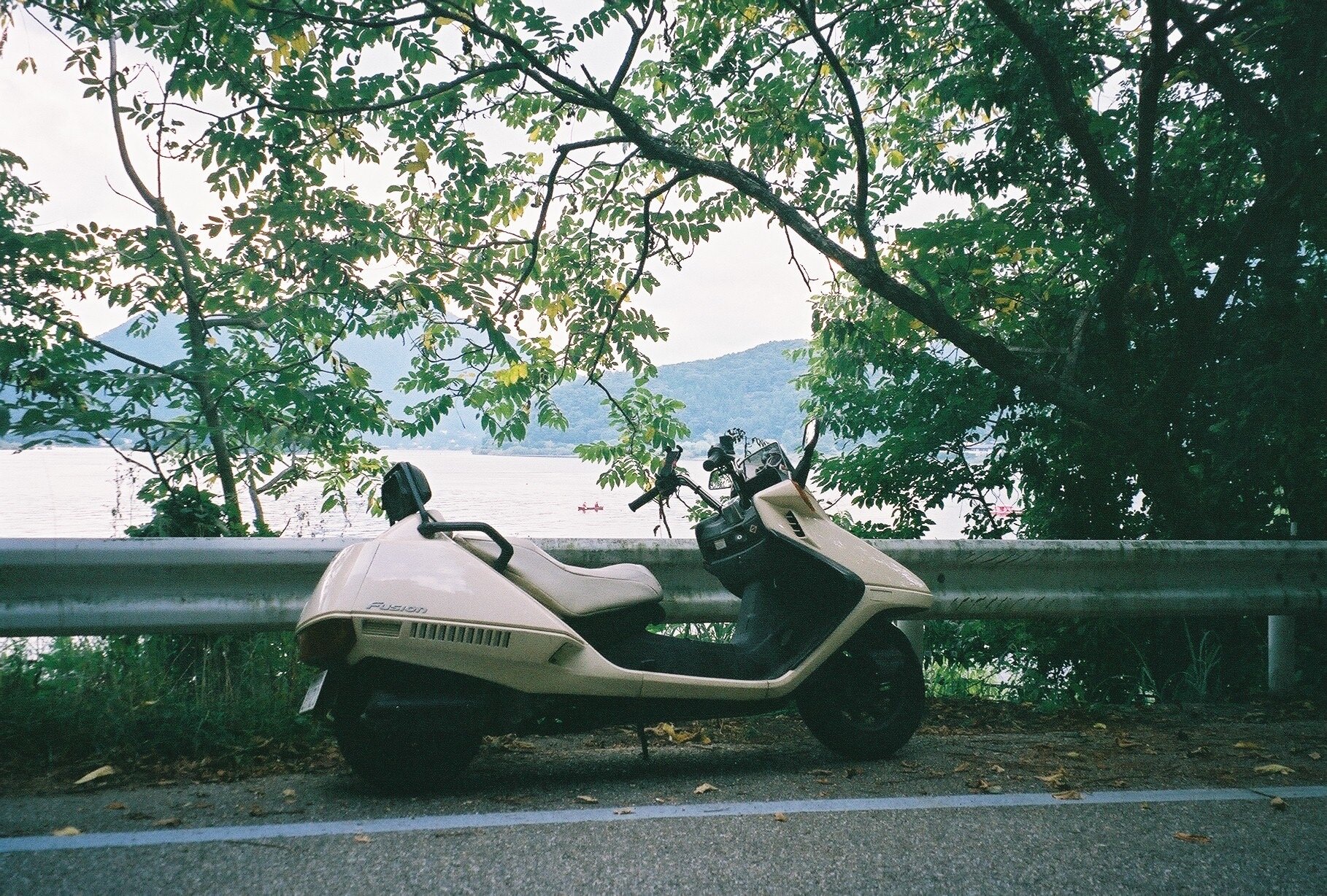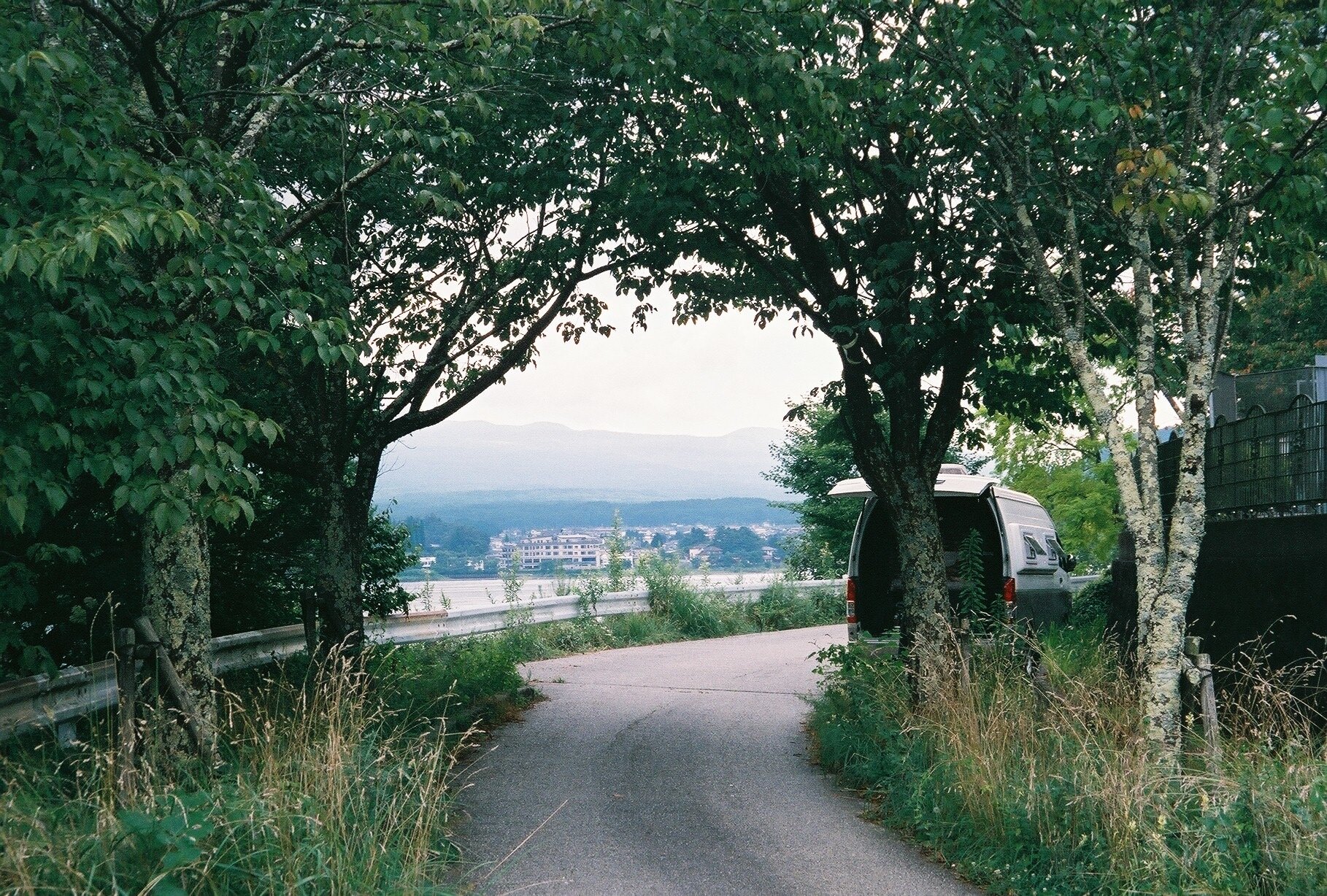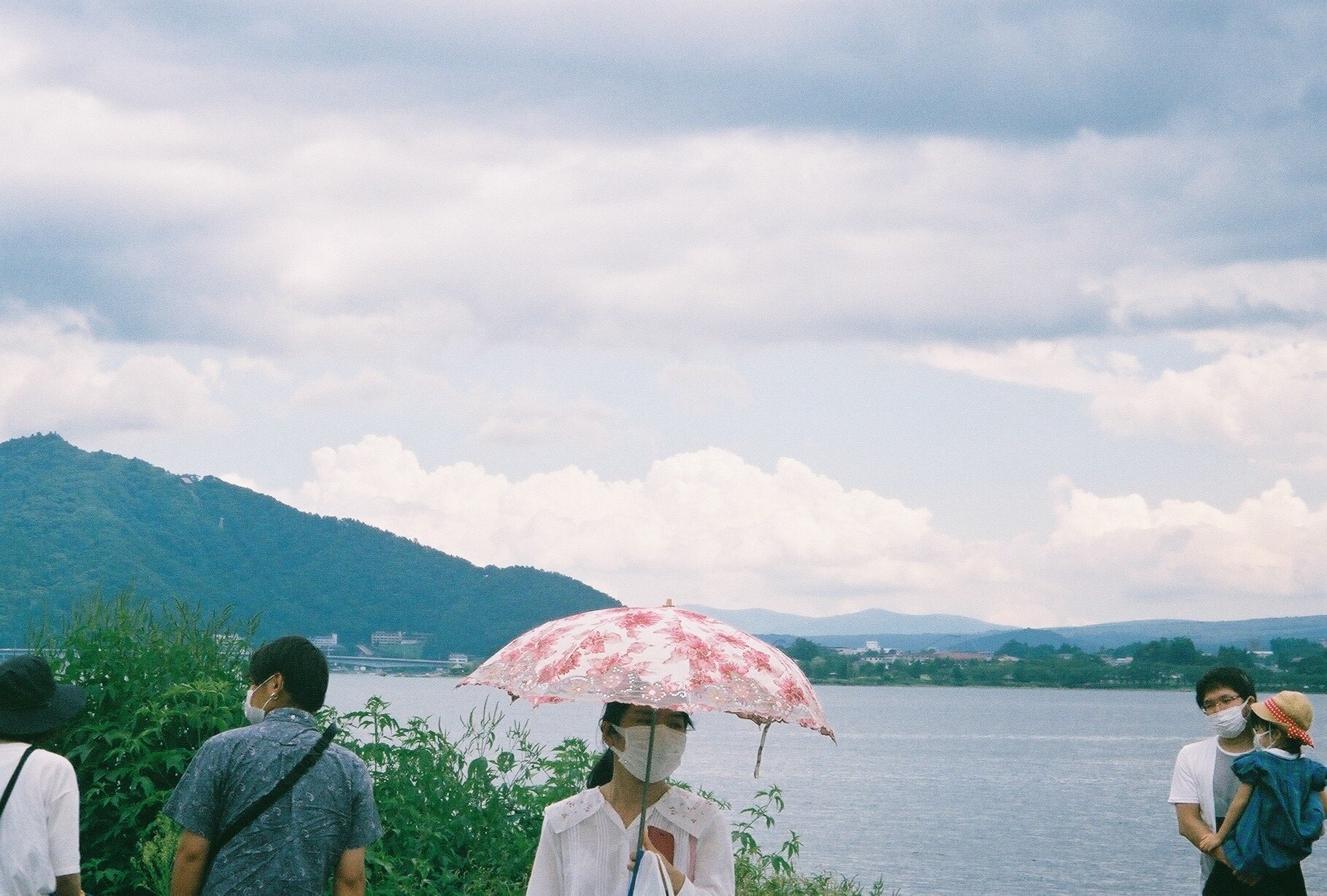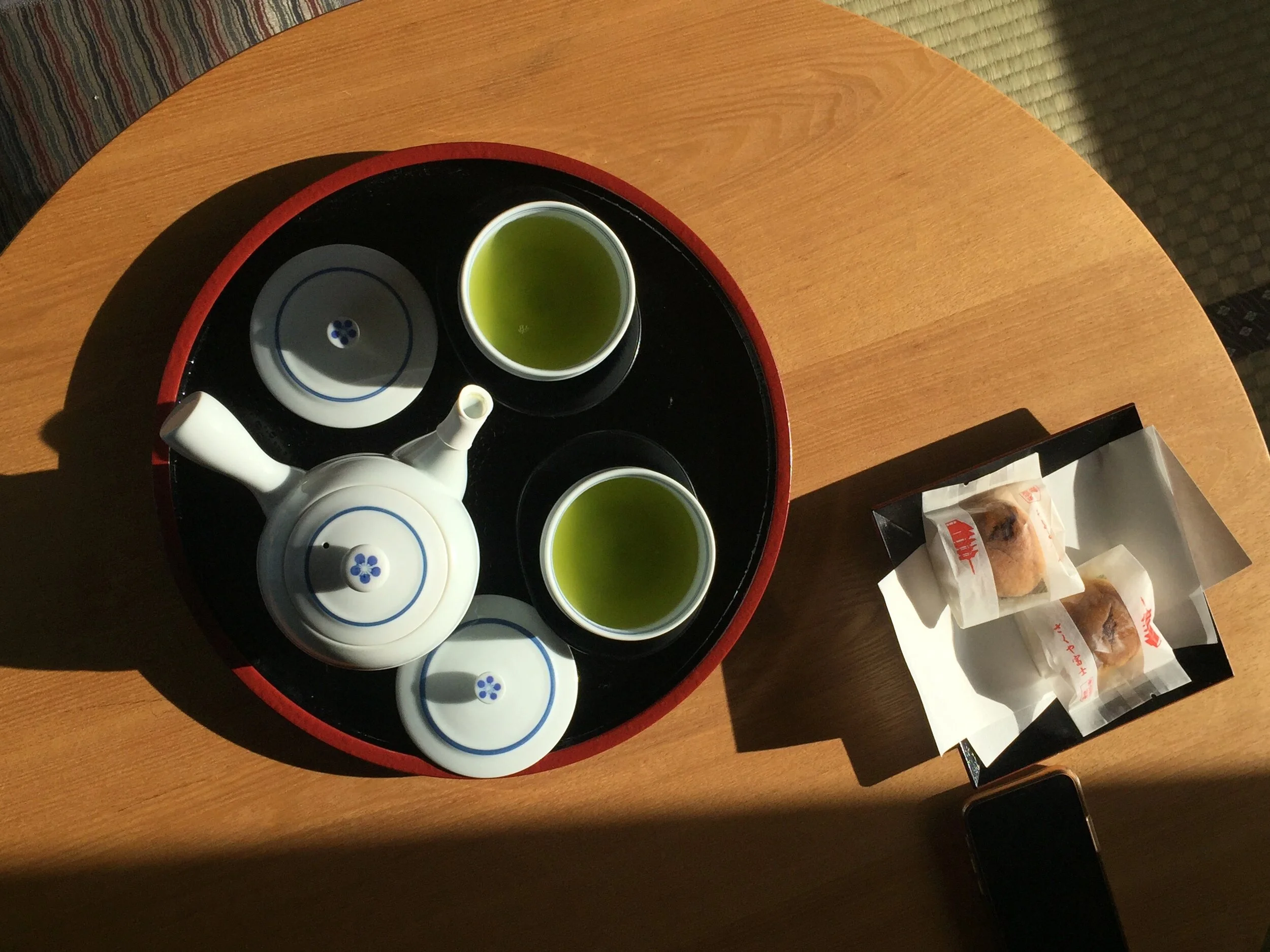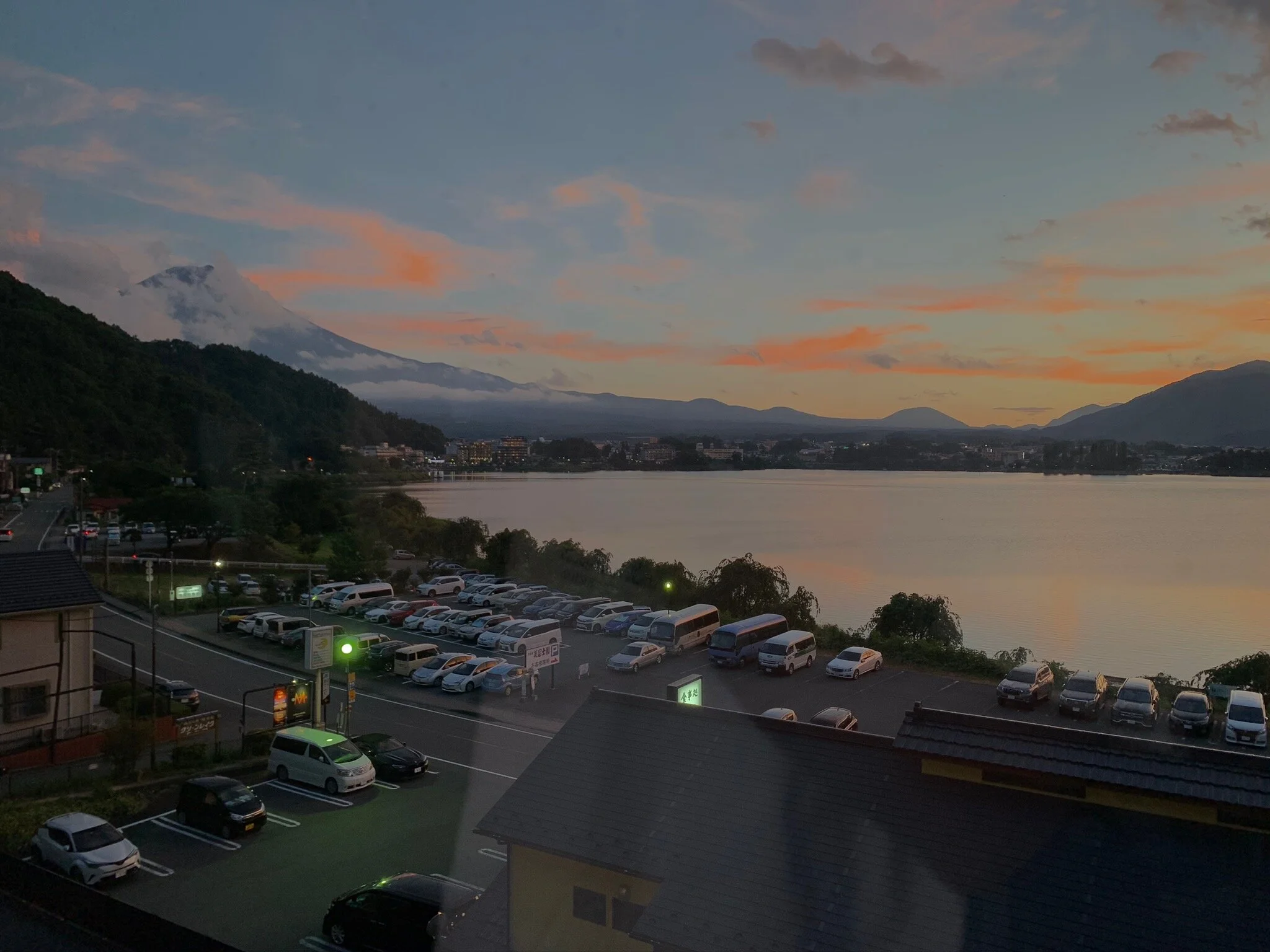Weekend Trip: Kawaguchiko
Kawaguchiko (河口湖), nestled in Yamanashi Prefecture at the foot of Mt Fuji, is a popular weekend destination for families, groups of young Japanese people looking to get out of the city and foreign travelers alike. The lake itself makes up one of the Fuji Five Lakes and the view of Mt Fuji sitting as a backdrop to the serene water offers a stunning scene.
I recently travelled out to Kawaguchiko for a one night, two day trip at one of the many ryokans (旅館 - traditional Japanese inn). Read below for info on how best to get to Kawaguchiko (from Tokyo), some photos of the accommodation and suggestions for what to do on your own trip!
GETTING THERE
1. TRAIN
The most stress-free way to get to Kawaguchiko from Tokyo is to take the Limited Express Fuji Excursion. This train is a little pricier than other methods (at about 4,200 yen all up) but it’s a quick and comfortable ride that is direct all the way from Shinjuku. All up, the trip takes 1 hour 50 minutes from Shinjuku to Kawaguchiko station. However, keep in mind that these trains only depart 3 times a day from Shinjuku at 7:30, 8:30 and 9:30 in the morning.
Ideally, you should reserve a seat ahead of your trip on the Excursion. This can be done through the Ticket Office at a JR station or the JR East Website. If you happen to jump on without a booking though, then there’s not need to stress (like I did)! The train has a simple system of lights above the seats to indicate vacancies and you can pay on the train for a slight additional fee.
It’s worth noting that the Shinjuku-Otsuki leg of this journey is covered by the JR Pass. However, pass holders will still need to pay for the Otsuki-Kawaguchiko stretch which comes out to a much lower fee of 1,740 Yen. Check out the Excursion’s English site here for some more info.
2. BUS
If paying over 4,000 yen feels a little pricey to you, the best bet is probably to jump on a bus at Shinjuku and take the 2 hour journey for 2,000 yen. Fujikyuu and Keio Buses both operated a coupe of buses every hour that will take you straight on to Kawaguchiko Station. You can book a bus through the Highway Buses site here. Note that JR pass holders will not be able to use their pass on the Highway Bus.
WHAT TO DO?
The appeal of Kawaguchiko is mostly in it’s small town vibe and relaxed atmosphere. That being said, there’s still a bunch of things to do in the vicinity of the lake. Check below to see a list of my favourite things I did during the trip:
1. Eat a hot bowl of Hoto
Hoto is the local specialty (meibutsu 名物) of Yamanashi Prefecture. The hearty dish consists of super thick noodles (think udon but double it) sitting in a miso based broth. The broth most commonly has pumpkin added to give the dish a thick and earthy flavour. Other seasonable vegetables or toppings are usually thrown in to fill the dish out. I opted for the Pork/Kimchi Hoto (buta kimuchi hoto 豚キムチほうとう) in the picture below and would absolutely recommend it.
This dish is great all year round but it’s absolutely perfect on a colder autumn or winter day as the hot broth warms you right up. It’s also said that the famous warlord Takeda Shingen (from the 16th century Japanese warring states period) used to eat Hoto with his samurai before battle.
2. Go fruit picking (it’s all you can eat!)
There’s a bunch of places to go fruit picking around the lake and, depending on the season, a variety of fruits on offer. We went in the middle of Summer and most places were offering blueberry picking (buruberi gari ブルーベリー狩り). The spot we went to was here.
For only a few hundred yen, most places will offer you one hour of unsupervised picking and provide you with a small punnet to fill and take home. The best part though is that they tend to be all you can eat (tabehodai 食べ放題). This means that for your entire hour, you can just stroll through the bushes picking at fruit and eating until you want to pass out.
3. Eat lavender ice cream at Oishi Park
Oishi Park is one of the main pitstops along the lake edge as it provides an amazing, unobstructed view of the lake and Mt Fuji. Not only that though, it also offers food and coffee options, sightseeing and souvenir shopping all in one location. My favourite part of stopping at Oishi Park was grabbing a lavender ice cream and sitting down on the waterfront to enjoy it. Right next to the entrance is a large patch of lavender bushes that give off an amazing smell to complement the ice cream as you eat it.
After you finish your ice cream, stroll down Flower Road - a 350m stretch of path with amazing flowers and signage with a heap of facts and information about each one.
4. Rent a rowing boat out on the lake
At multiple spots around the lake, you’ll see small shops or stands offering an hour out on the lake. For a few hundred yen, you can rent a row boat or a pedalo and relax out on the water.
It was pretty cloudy when I was out on the lake but nonetheless, stretching out on in the sun while the water gently rocks you from side to side offers an amazing way to enjoy the magnificence of Fuji above you.
5. Rent a bike and circle the lake
This was probably my favourite part of the trip by far as it offered a great way to explore the area at your own pace. The first thing we did after alighting at Kawaguchiko station was to rent a bike for 2 days/1 night at a rate of about 2500 yen. We spent our second day riding at a snails pace around the lake and making pit stops at anything that caught our eye (and getting stupidly sunburnt).
My favourite moments along the ride were watching an old man fish from a perch out on the lake, stopping for coffee with a Fuji view at Brand New Day and buying Shine Muscat (the sweet, local grape specialty) at a roadside fruit market. Check out some of the photos I took from around the lake below to get a sense of what you’re in for.
ACCOMMODATION
I spent my one night at Kawaguchiko at Asafuji Ryokan on the East side of the lake. For a basic room, one night will set you back about 25,000 JPY. While the price seems pretty steep, a good ryokan can make or break your trip and its definitely worth booking on the more expensive side. While there is fun to be had out around the lake, the heart of a trip to Kawaguchiko is in relaxing in your ryokan, looking at the view and bathing in the onsen.
After checking in, we went straight up to our room and were blown away when we first walked into the room. The Japanese sliding windows were thrown open and the afternoon sun was filtering through a cloud of steam from the hot mugi-cha tea that had been left out for us. We changed into the provided slippers and robes and sat by the table drinking tea and snacking on a red-bean mochi while we appreciated the view of the lake and Fuji. Once we were done relaxing, we headed straight up to the onsen on the top floor. The combination of Fuji sitting against an orange sky and the hot water nearly sent me straight to sleep but I managed to get back up and head down for dinner.
We had our dinner outside of the ryokan, at the restaurant just next door. In retrospect, I would definitely book the ryokan with dinner included as the town largely shuts down at night and we were pretty limited for choice.
While at dinner, the hotel staff rolled our futon beds out for us and set everything up for sleep. I’ve had some bad experiences with futons in the past but this one felt like lying on a cloud. I left the window open to allow some moonlight and fresh air off the lake to enter the room and had one of the best sleeps I’ve had in months.
We thankfully booked with breakfast included and the next morning we headed down to the lobby restaurant. This was my first ryokan experience and the sheer quantity of the breakfast provided an initial shock. A huge spread lay out on the table with miso soup, tea, oden, eggs, ham, salad, umeboshi, sashimi and more on offer. Once I wrapped my head around the volume of food in front of me, I took my first bite and was even more blown away.

